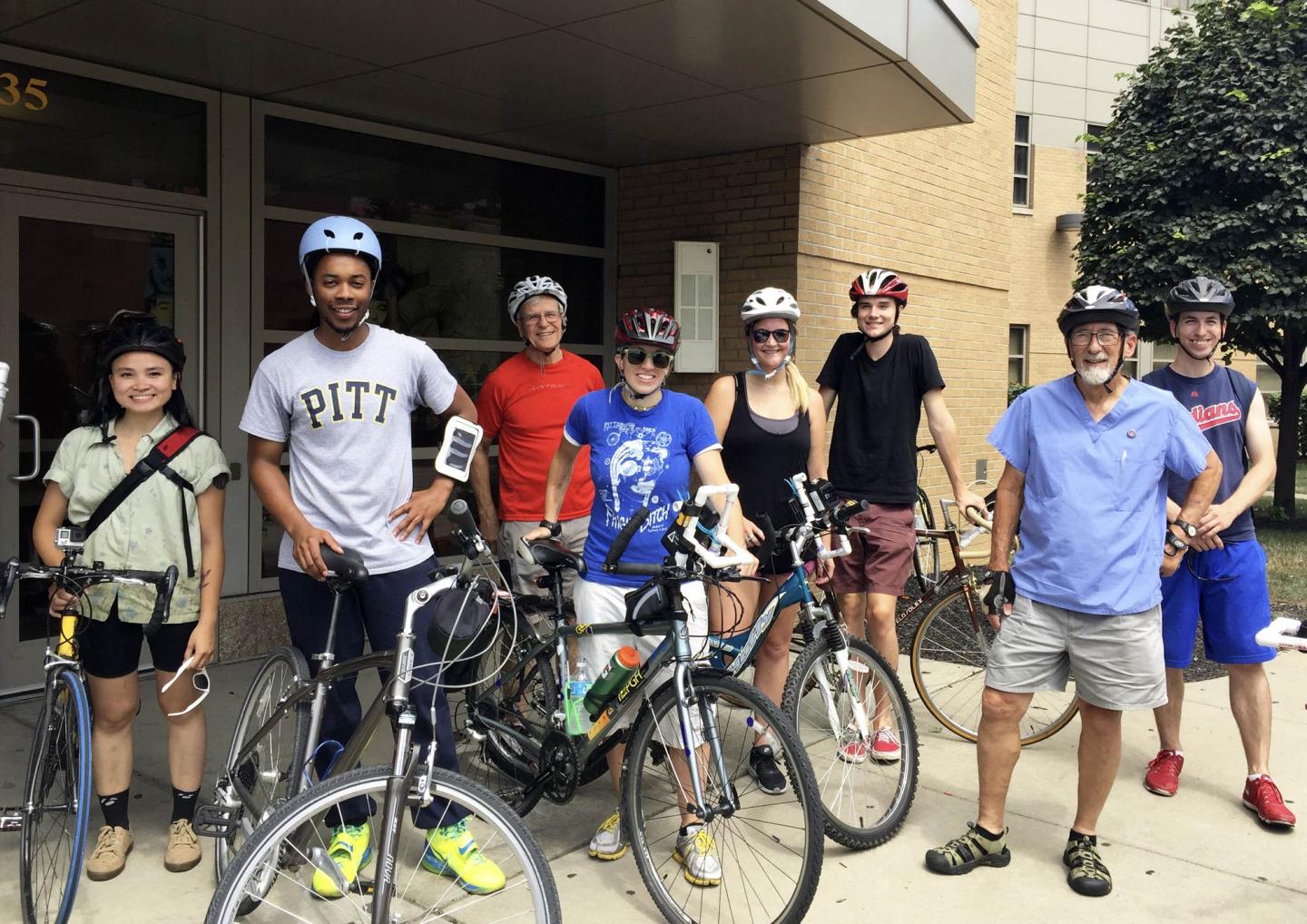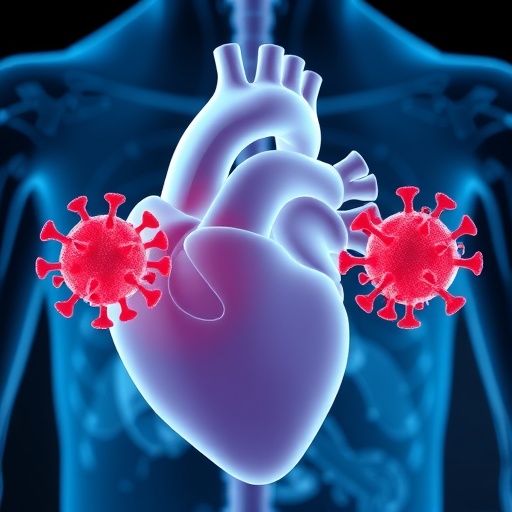New paper details outcomes from long-term environmental justice partnership in east end

Credit: Harold Rickenbacker
PITTSBURGH (May 29, 2019) — For the past 40 years, research has proven that people of color, low-income communities and ethnic minorities suffer the effects of environmental contamination more than other communities. The Flint, Mich., water crisis and the Dakota Pipeline protests serve as national examples of environmental injustices, but similar issues affect communities across the country.
New research from the University of Pittsburgh’s Swanson School of Engineering Mascaro Center for Sustainable Innovation, in partnership with the Kingsley Association and funded by the Heinz Endowments examined the impact that bottom-up, community-level initiatives have in addressing environmental justice issues. They found that the best way to address a community’s environmental injustices is to meet them where they are, integrating into the community and building trust over a long-term partnership.
Pittsburgh has long struggled with air quality since its early industrial days, and the effects of environmental pollution on health are well-known. Residents in the Greater Pittsburgh region are at twice the cancer risk of surrounding counties, and disadvantaged communities see the worst of it. The East End of Pittsburgh is among the city’s most underserved boroughs, struggling with crumbling infrastructure, community disinvestment, and high traffic density. These factors all contribute to the poor air quality affecting citizens’ health and wellness, which is what their program, the Environmental Justice Community Action Matrix (EJCAM), is designed to address.
“When your house is in need of repairs, it can’t effectively keep the outdoor air out. Since Americans spend nearly 90 percent of their time indoors, the concentration of pollution inside the house could be a significant contributor to poor health,” says Melissa Bilec, PhD, the Roberta A. Luxbacher Faculty Fellow and associate professor of civil and environmental engineering. “I visited one community member’s home and noticed that she was using an oxygen tank, and it struck me just how much these environmental issues are impacting people’s health inside their own homes.”
Dr. Bilec and her team, with PhD student, Harold Rickenbacker as a lead, have partnered with the Kingsley Association, a community organization in Larimer, since 2007 on environmental justice initiatives. EJCAM, their most recent collaboration, went through four stages, using the Theory of Change paradigm: outreach, involvement, participatory research and consultation. It culminated in in-house air quality testing that Dr. Bilec says wouldn’t have been possible without the trust that their partnership built, especially Harold’s commitment and time spent in working with the community.
EJCAM created Community Action Teams (CATs), which trained community members to become leaders who would train others and advocate for environmental issues; the Urban Transition Cities Movement (UTCM) brought together unlikely stakeholders community members, non-profit leaders, small businesses, universities, governmental agencies, youth and public officials. Because of these initiatives, community members have become more involved and aware of environmental issues, knowledgeable about green materials, infrastructure and land use practices. They’re active in the management of forthcoming landscape features in housing developments and pollution control schemes.
The most important thing Dr. Bilec learned through this process was that in order to be effective, the first step must be building trust. And the way to build trust is to be visible in the community over time.
Harold Rickenbacker, a PhD candidate working with Dr. Bilec on the initiative and lead author of the paper, dedicated himself to integrating with the community to truly understand its needs and the best way to fill them. He attended community meetings, church gatherings and other events. A mobile air quality monitoring bicycle campaign took researchers and community members to the streets, riding bikes mounted with air particulate counters that give a real-time map of air quality in the area. More than that, it gave the researchers a way to be visible and connect with the community, who would often stop them to ask what they were doing.
“We found the most important thing we could do was to be present, to listen to the citizens and figure out how our research can help them,” says Mr. Rickenbacker. “Community-based initiatives are effective, but they have to be a sustained partnership, not a one-off event.”
###
The team is currently performing indoor air quality assessments with the community members, counseling them on measures they can take to improve it and the supplies they’ll need to do so. They hope that their program model will be replicable in other communities in the Pittsburgh area and beyond.
The project recently won the Senior Vice Chancellor for Engagement’s Partnerships of Distinction Award, and Mr. Rickenbacker won the Carnegie Science Award in the College/University Student category this year for his work on EJCAM.
The paper, “Creating Environmental Consciousness in Underserved Communities: Implementation and Outcomes of Community-Based Environmental Justice and Air Pollution Research,” was published in Sustainable Cities and Society (DOI10.1016/j.scs.2019.101473) and was coauthored by Dr. Bilec and Fred Brown of the Forbes Fund.
Media Contact
Paul Kovach
[email protected]
Original Source
https:/
Related Journal Article
http://dx.




